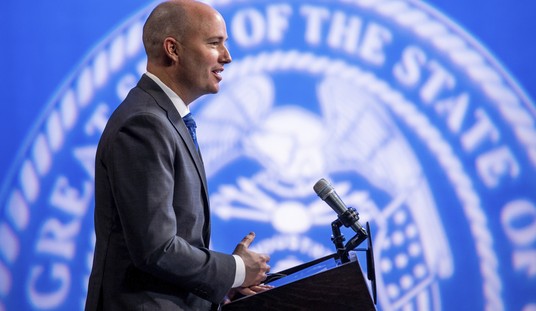
Poster image courtesy of army.mil
Foreground:(left to right) a 1945 Army tank guard with a submachine gun, a Major with an M-1 carbine, and his radioman, with an M-1 rifle.
Step inside this book, and you slip into heavy boots in muddy foxholes, stiff fingers shivering as you field strip a frozen M-1 or clean your Browning Automatic Rifle with its .45 caliber brass brush. Look through the sights of the guns detailed in US Infantry Weapons in Combat, and you look into the soul of a bygone era.
The book, written by historic weapon enthusiast Mark G. Goodwin, consists of 65 interviews of American infantry soldiers who participated in World War II and the Korean War.
The author and publisher both have deep emotional histories with World War II weapons–especially the M-1 Garand: Scott A. Duff, the book’s publisher and author of its foreword, believes that the M-1 won World War II.
Stories range from the lighthearted to the morose, from the soldier ready to return home to the young man hankering to stay on the battlefield, but they all hang on the common thread of historic guns.
The gun details make Goodwin’s book riveting: “The first thing this reader must know about this book is that it is a gun book,” according to the foreword by Duff.
The book shows the tension Korean War hero Jack Walentine felt 40 or 50 feet from the top of a ridge during a final charge, as he asked himself, “Did I shoot four, five, or six rounds?”
In another interview story, World War II vet Marion Throne’s M-1 clicked without firing, alerting German soldiers to his presence. “I couldn’t believe I was so stupid to not tap the operating rod,” he said.
This is no cut-and-dry thesis of statistics quantifying the technological contribution of a certain gun to military achievements. Through the medium of guns, the soldiers interviewed paint vivid pictures of their personalities, American wartime culture, and war as a whole.
It’s odd–and rather funny–to think that no one thought to write this book 20 years ago and make it required reading for some obscure college history class.
Modern warfare is all about guns, but most educational histories on American wars focus on strategic maneuvers, politics, or large-scale socioeconomic trends.
Personal histories and war memoirs tend to focus on family stories and cultural clashes.
Yet as a trigger for starting to tell a war story, guns have a definite advantage both because of the intense detail with which infantrymen learned their weapons, and because of the emotional attachment soldiers had to the only thing between them and inflicted or inflicting death.
Infantrymen spent most of their time clutching a firearm; it’s impossible to understand their thoughts and relationships with their enemies and friends without understanding their perceptions of their guns.
Goodwin’s book shows that different guns established identity for soldiers–sometimes more so than race or ethnicity, actually. World War II vet Bill Trexler’s interview reads: “One time, we had a young Chinese boy come in as a replacement, and we asked him, ‘What are you?’ He said, ‘I’m a BAR man,’ and we almost dropped over. He was a really good BAR man, too.”
Goodwin inserts a disclaimer in the beginning of his book: “This is not meant to be a history book,” he says, explaining that the men he interviewed in their 70s and 80s have probably forgotten many historical details and places.
Yet one could argue that this is an excellent history resource from a historiographic standpoint.
My history professors told me in college that many good historians care more about historical memory, experience, and trends than about details. Not only does the book’s gun angle offer priceless insight on war experience; the book also samples how an entire generation remembers their history.
The unique voices of the soldiers will jar the reader sometimes–interviewees use terms like “Krauts” and “Japs” and “Gooks” to refer to their enemies. Yet these terms, too, showcase the truth about men living in a tumultuous era in a way that politically correct description never could: as Goodwin explains, lingering bitterness or even just an innocent, completely harmless cultural distance shapes how these men speak.
Brilliant photographs exponentiate the book’s value: readers may find themselves shocked all over again at how young these soldiers were.
This book should find a solid audience in history buffs and gun enthusiasts, of course, but on a widespread level almost anyone who loves a good story may enjoy taking a spot in the mud besides long-gone teenage warriors.
In the end, this book’s contribution to historical memory will remind sensitive readers of grandparents or great-grandparents who lived through World War II and the Korean War. This book will connect American readers to who they are because of the country shaped by their biological or national forefathers, and this book will introduce readers to the guns that shaped their modern reality.








Join the conversation as a VIP Member